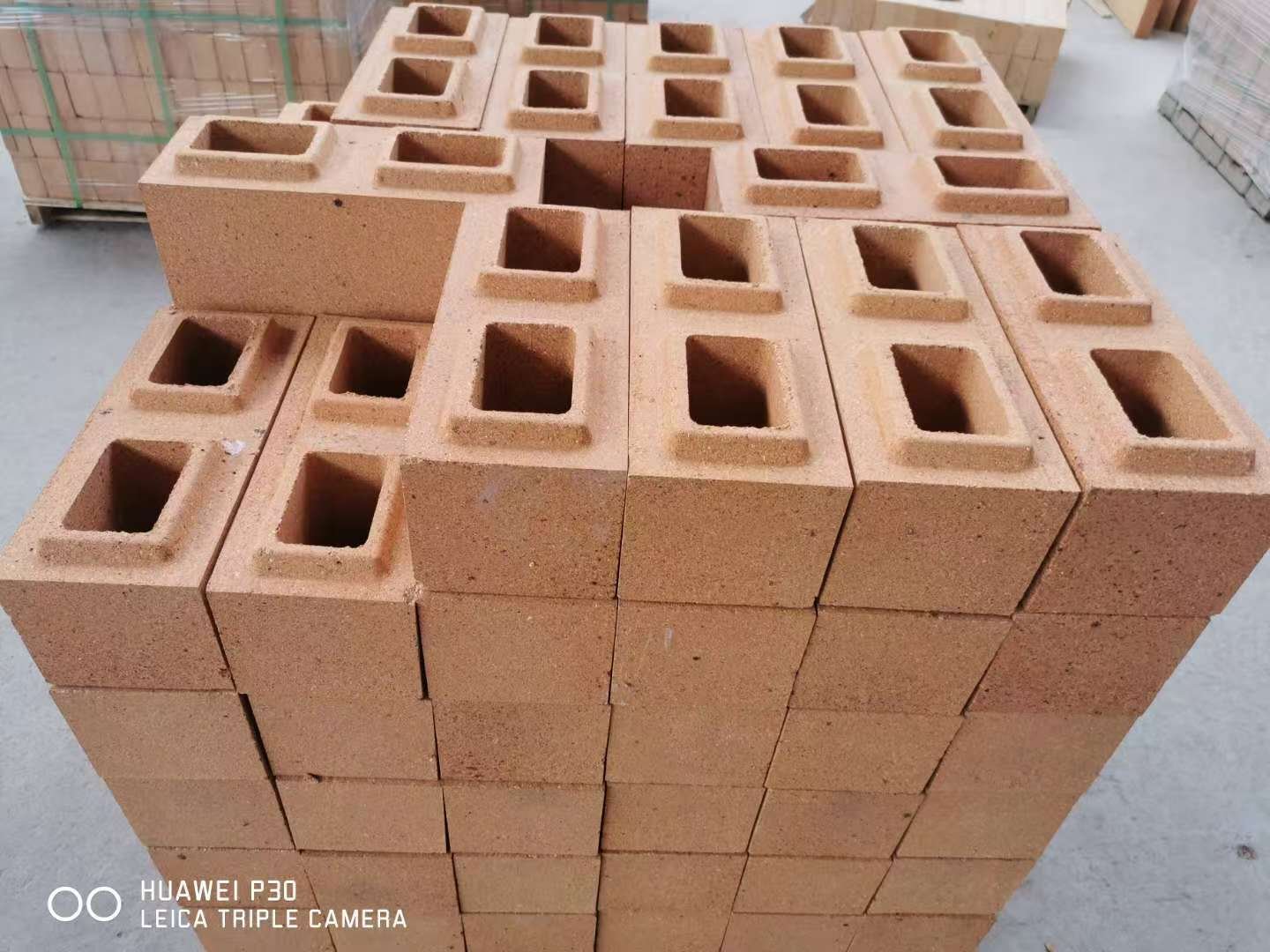Address
Building 1, Zone 1, Greenland Binhu International City, Zhengzhou, Henan, China
Work Hours
Monday to Friday: 9AM - 7PM
Weekend: 10AM - 6PM

Refractory bricks are a type of material that can maintain its shape and performance in a high temperature environment and are widely used in many high temperature industrial fields. Its main function is to protect equipment from high temperature, chemical erosion and physical wear. The following are the main application areas of refractory bricks:
Summary:
Refractory bricks are widely used in industries and equipment that require high temperature resistance, wear resistance, and corrosion resistance, especially in steel, cement, glass, metallurgy, and chemical industries. By selecting the right refractory brick materials and specifications, production efficiency and equipment life can be significantly improved, and maintenance costs can be reduced.
